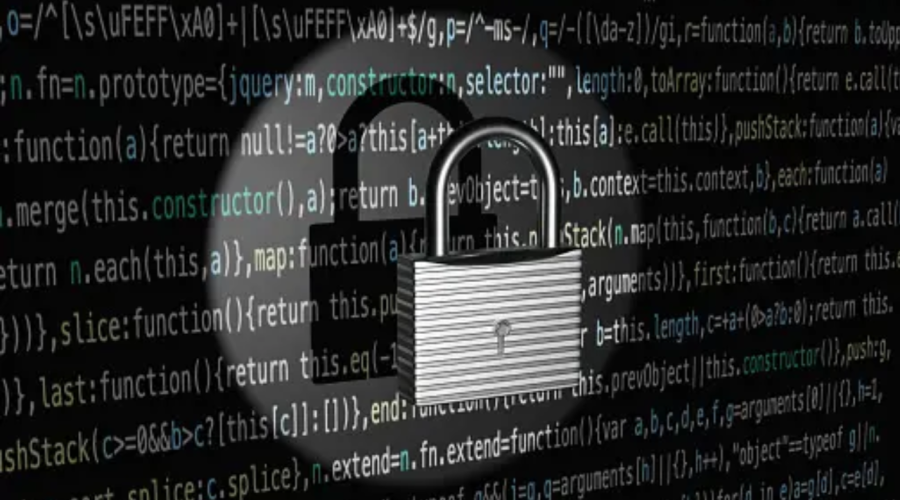From Zero to Compliance Hero: Pentesting for Beginners
Understanding how to protect your digital assets is crucial. One effective method is pentesting, short for penetration testing. This guide, “Pentesting for Beginners,” will walk you through the basics of pentesting, helping you transform from a novice to a compliance hero. Whether you are just starting in cybersecurity or looking to enhance your organization’s security posture, this guide will provide you with the essential knowledge you need. Let’s dive into the world of pentesting for beginners.
What is Pentesting?
Pentesting, or penetration testing, is a proactive approach to identifying and addressing security vulnerabilities within an IT infrastructure. By simulating cyberattacks, pentesting helps uncover weaknesses before malicious actors can exploit them. For beginners, understanding pentesting is the first step towards enhancing your cybersecurity skills and ensuring compliance with industry standards.
Why Pentesting for Beginners is Important
1. Identify Vulnerabilities: Pentesting for beginners allows new cybersecurity professionals to learn how to identify vulnerabilities in systems, networks, and applications. This knowledge is crucial for maintaining robust security.
2. Compliance: Many industries have specific regulations and standards that require regular security assessments. Learning pentesting helps beginners ensure their organizations meet these compliance requirements.
3. Proactive Security: Instead of waiting for a cyberattack to occur, pentesting for beginners teaches you to take a proactive approach. By finding and fixing vulnerabilities early, you can prevent potential breaches.
4. Career Advancement: Knowledge of pentesting is highly valued in the cybersecurity field. For beginners, mastering pentesting can open doors to advanced career opportunities and specialized roles.
Getting Started with Pentesting for Beginners
1. Understanding the Basics
Before diving into pentesting, it’s essential for beginners to understand some basic concepts:
– Vulnerabilities: Weaknesses or flaws in a system that can be exploited.
– Exploits: Methods used by attackers to take advantage of vulnerabilities.
– Payloads: Malicious code delivered by exploits to execute harmful actions.
2. Setting Up a Lab Environment
For beginners, setting up a lab environment is crucial. This allows you to practice pentesting without risking real-world systems. Here’s what you need:
– Virtual Machines (VMs): Use software like VirtualBox or VMware to create isolated environments.
– Operating Systems: Install various operating systems, such as Windows and Linux, to practice pentesting on different platforms.
– Tools: Download and install pentesting tools like Kali Linux, which comes pre-installed with numerous security testing tools.
3. Learning Common Tools
Pentesting for beginners involves familiarizing yourself with common tools used in the field:
– Nmap: A network scanning tool that helps identify open ports and services.
– Metasploit: A framework for developing and executing exploits against target systems.
– Wireshark: A network protocol analyzer that captures and displays packet data for analysis.
– Burp Suite: A tool for web application security testing.
4. Understanding the Pentesting Process
The pentesting process generally follows these steps:
1. Planning and Reconnaissance: Define the scope and objectives of the pentest. Gather information about the target through passive and active reconnaissance.
2. Scanning: Use tools like Nmap to identify open ports, services, and potential vulnerabilities.
3. Gaining Access: Exploit identified vulnerabilities to gain access to the target system.
4. Maintaining Access: Ensure that access remains available for further exploration and testing.
5. Analysis and Reporting: Document findings, including identified vulnerabilities, exploitation methods, and recommendations for remediation.
Best Practices for Pentesting for Beginners
1. Continuous Learning
The field of cybersecurity is constantly evolving. Pentesting for beginners should involve continuous learning through:
– Online Courses: Platforms like Coursera, Udemy, and Cybrary offer courses on pentesting.
– Books: Read books like “The Web Application Hacker’s Handbook” and “Metasploit: The Penetration Tester’s Guide.”
– Communities: Join forums and communities such as Reddit’s r/netsec or Stack Exchange to stay updated and seek advice.
2. Ethical Considerations
Ethics play a significant role in pentesting. Beginners should always:
– Obtain Permission: Never perform pentesting on systems without explicit permission.
– Follow Laws and Regulations: Ensure your activities comply with relevant laws and industry regulations.
– Respect Privacy: Avoid accessing or disclosing sensitive information without proper authorization.
3. Developing a Methodical Approach
Being methodical ensures thoroughness and accuracy. Beginners should:
– Create Checklists: Use checklists to ensure all steps are followed and nothing is overlooked.
– Document Everything: Keep detailed records of your findings and actions taken during the pentesting process.
– Review and Improve: Regularly review your methods and seek feedback to improve your skills.
Challenges in Pentesting for Beginners
1. Complexity of Modern Systems
Modern IT environments are complex, making it challenging for beginners to identify all potential vulnerabilities. Continuous learning and hands-on practice are essential to overcome this challenge.
2. Keeping Up with Evolving Threats
Cyber threats evolve rapidly. Beginners must stay updated with the latest threats and vulnerabilities by following cybersecurity news and participating in professional development opportunities.
3. Limited Resources
Beginners may have limited access to advanced tools and environments. Starting with free or open-source tools and gradually investing in more advanced resources as skills improve can help mitigate this challenge.
The Future of Pentesting for Beginners
The demand for skilled pentesters is growing as organizations recognize the importance of proactive security measures. For beginners, mastering pentesting can lead to a rewarding career in cybersecurity. The future holds numerous opportunities, including:
– Specialized Roles: As your skills grow, you can specialize in areas such as web application security, network security, or mobile security.
– Advanced Certifications: Pursuing certifications like OSCP (Offensive Security Certified Professional) can validate your skills and enhance your career prospects.
– Leadership Opportunities: Experienced pentesters can advance to roles such as security consultants, managers, or directors, leading teams and shaping security strategies.
Pentesting for beginners is a critical skill in the cybersecurity landscape. It involves identifying vulnerabilities, ensuring compliance, and taking a proactive approach to security. By understanding the basics, setting up a lab environment, learning common tools, and following best practices, beginners can transform into compliance heroes. Continuous learning and ethical considerations are key to success in this field.
Ready to take your first steps towards becoming a compliance hero? Our team at eStreet Security offers comprehensive pentesting training and services to help you get started. Contact us today to learn more and embark on your journey to mastering pentesting.



